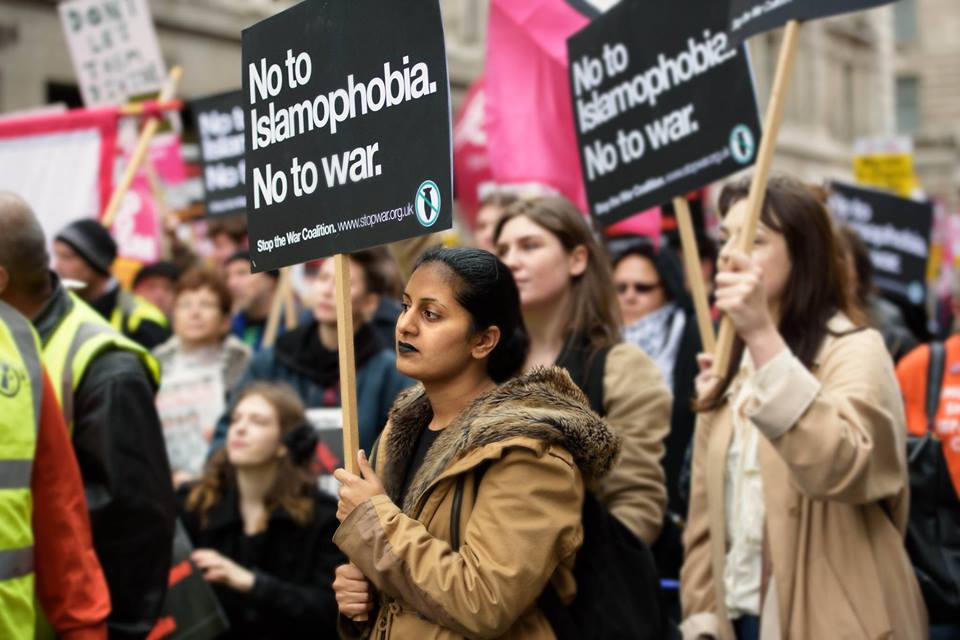For the first time in the history of the Arab/Israeli conflict, a military force emerged under Hezbollah leadership that could not be defeated by US-backed Israeli forces.
Sami Ramadani
Attempts to brand Hezbollah as a terrorist organisation are not only futile, but fly in the face of the facts of this movement and its history.
Like all genuine resistance movements, the Lebanese resistance, led by Hezbollah, was born as a reaction to occupation. And like all successful resistance movements, it draws its strength from the backing of the overwhelming majority of the occupied people.
Indeed Hezbollah is the product of not one but two occupations: those of Palestine and Lebanon. Today it is seen by most people in Lebanon not only as the force that ended Israeli occupation of most of the invaded Lebanese territories, but as the shield that defends Lebanon from future Israeli invasion and occupation.
Israeli tanks and tens of thousands of soldiers invaded Lebanon in 1982, besieging its capital Beirut for 90 days, and claiming the lives of thousands of people. The ostensible reason was to defeat the Palestinian resistance movement grouped under the Palestine Liberation Organisation led by Yasser Arafat. The PLO enjoyed the support of Palestinian refugees and many Lebanese nationalist and left organisations. The siege of Beirut was lifted following an international outcry.
However, Israel continued its occupation of large parts of southern Lebanon for another 18 years. The accompanying repression and humiliation suffered by the people, mostly Shia, inevitably produced popular opposition that gave rise to a nationwide Lebanese resistance movement, organised by nationalist, secular left and religious organisations. The latter were led by Amal, whose leader Nabih Berri is now the leader of Lebanon’s parliament.
Hezbollah evolved partly from within the ranks of Amal and was led by the young cleric Sheikh Hassan Nasrallah. Today, he has become a major political figure in the Middle East, enjoying the support of millions across the region. Hezbollah recently got involved in the war against the Syrian armed opposition near Lebanon’s borders. Nasrallah declared that Hezbollah forces were fighting to defend their “strategic depth” and were part of the broad resistance to Israeli occupation and US-backed forces in Syria and the region.
Hezbollah’s leadership made strong links with the people in the occupied villages and towns. Backed by Syria and Iran, it also built a broad front that gradually encompassed all Lebanon’s religions and sects. Though the resistance in Lebanon is often described as Shia, the coalition of forces led by Hezbollah commands the support of major secular, Christian and Sunni leaders and groups. This is one of the main reasons why Hezbollah has developed into such a formidable force.
However, it is on the battlefields of southern Lebanon that Hezbollah has built its reputation. For the first time in the history of the Arab/Israeli conflict, a military force emerged that could not be defeated by US-backed Israeli forces.
Instead of bowing to Israeli and US pressure, the European Union should uphold legality and justice by recognising that resistance movements will not go away unless the reason for their emergence and strength disappears: namely, the Israeli occupation of Arab peoples and lands.
Source: The Guardian
